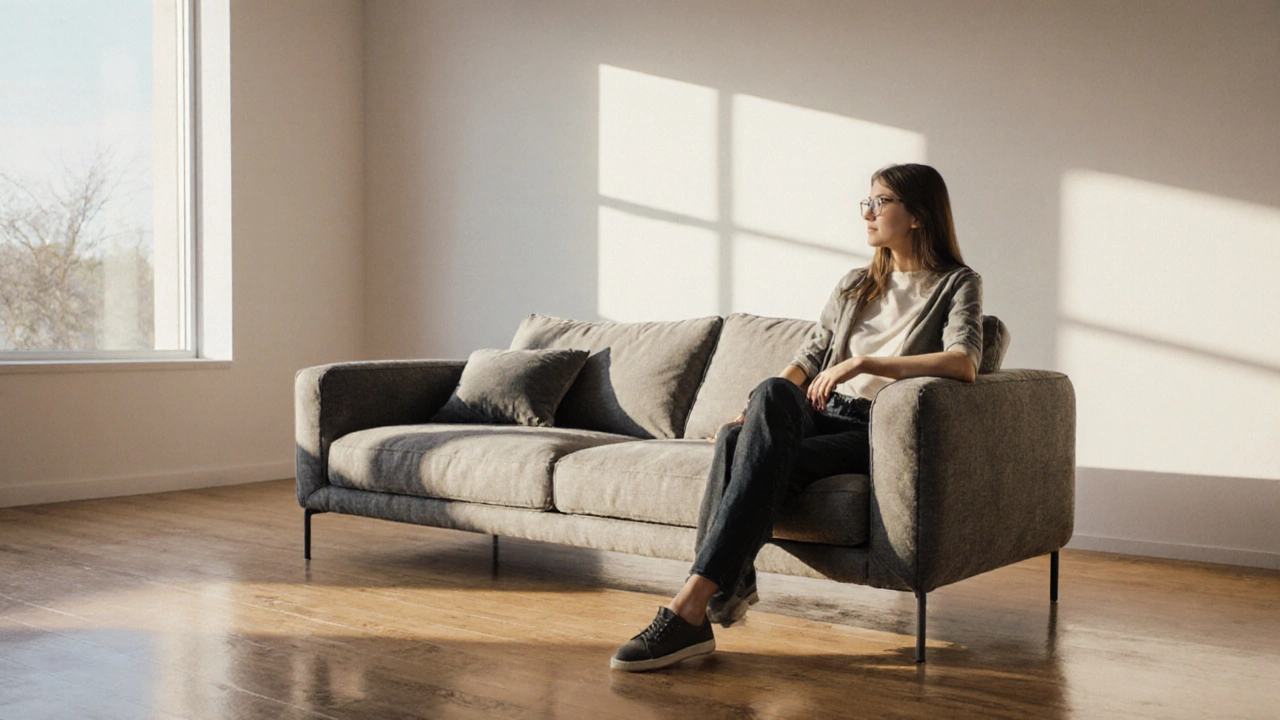Furniture Pricing Guide: What You Need to Know Before You Buy
Ever walked into a store and felt the price tags were way off? You’re not alone. Furniture pricing can feel random, but there are clear factors behind every number. Knowing those factors saves you time, money, and the frustration of buying something that doesn’t fit your budget.
What Determines the Price of a Piece?
Materials are the biggest driver. Solid wood, especially sustainably sourced oak or walnut, costs more than particle board or MDF. Upholstered items add fabric cost, and higher‑density foam means a higher cushion price. Next comes labour – a hand‑crafted bookshelf will always beat a flat‑pack version in price. Shipping adds another layer; bulky sofas carry hefty freight fees, especially if they’re delivered to a remote area.
Design complexity matters too. Simple, straight‑line shelves cost less than intricate, floating designs with hidden brackets. Brands with strong reputations charge a premium for perceived quality and warranty support. Finally, market timing can swing prices dramatically – sales, end‑of‑season clear‑outs, and new product launches all affect what you pay.
DIY vs. Buy: When Does Making Your Own Save Money?
If you enjoy a bit of carpentry, making shelves can shave off a good chunk of the price. A recent UK cost breakdown for 2025 showed a DIY floating shelf at around £45, while a ready‑made version from a high‑street retailer averaged £80. The savings grow as you source reclaimed wood or bulk‑buy hardware.
But DIY isn’t always cheaper. Complex pieces like a large sofa need specialised upholstery tools and expertise. In those cases, buying smart is the way to go. Look for sales in the off‑season – October to December is prime time for sofa discounts. Many retailers also offer clearance on older stock, letting you snag a quality piece for 30‑40% less.
Another tip: compare online and in‑store prices. Some online‑only brands cut out showroom costs and pass the savings onto you. Just factor in delivery charges – a free‑shipping offer can make a £500 sofa feel like a £400 deal.
In short, if the item is simple and you have the tools, DIY can win. For bigger, design‑heavy pieces, focus on timing and retailer promotions.
Stretching Your Budget Without Sacrificing Quality
First, set a realistic budget based on the room’s purpose. A bedroom bed frame can range from £100 for a basic metal design to £800 for a solid‑wood, sustainably sourced piece. Knowing the range helps you avoid impulse buys.
Second, check for eco‑friendly certifications. Products with FSC or PEFC labels often cost a bit more, but they guarantee responsible sourcing and longer lifespan, which means fewer replacements down the line.
Third, use price‑match policies. Many UK retailers will match a competitor’s lower price if you show proof, saving you the legwork of hunting down a better deal.
Finally, think about multi‑use furniture. A storage ottoman serves as a seat, a footrest, and hidden storage, reducing the need for separate pieces.
Understanding the why behind furniture pricing lets you make smarter choices. Whether you decide to build a shelf yourself or wait for a sofa sale, the key is to know the cost drivers and shop strategically. Happy furnishing!
-

Average Price of a Good Quality Sofa in 2025 - What to Expect
Discover the true cost of a good quality sofa in 2025, break down price drivers, and get a checklist to secure the best value for your home.
-

Discovering the True Cost of a Quality Sofa: Your Guide to Prices
Finding the right sofa is an essential part of curating a comfortable living space, but understanding its price can be tricky. A quality sofa's cost is influenced by factors such as materials, craftsmanship, brand reputation, and custom features. This article explores what you should expect to pay for a high-quality sofa, armed with tips for smart buying and knowledge to ensure your investment lasts. Whether you're searching for a luxury piece or a budget-friendly model, this guide will help you uncover options that match your lifestyle and wallet.
